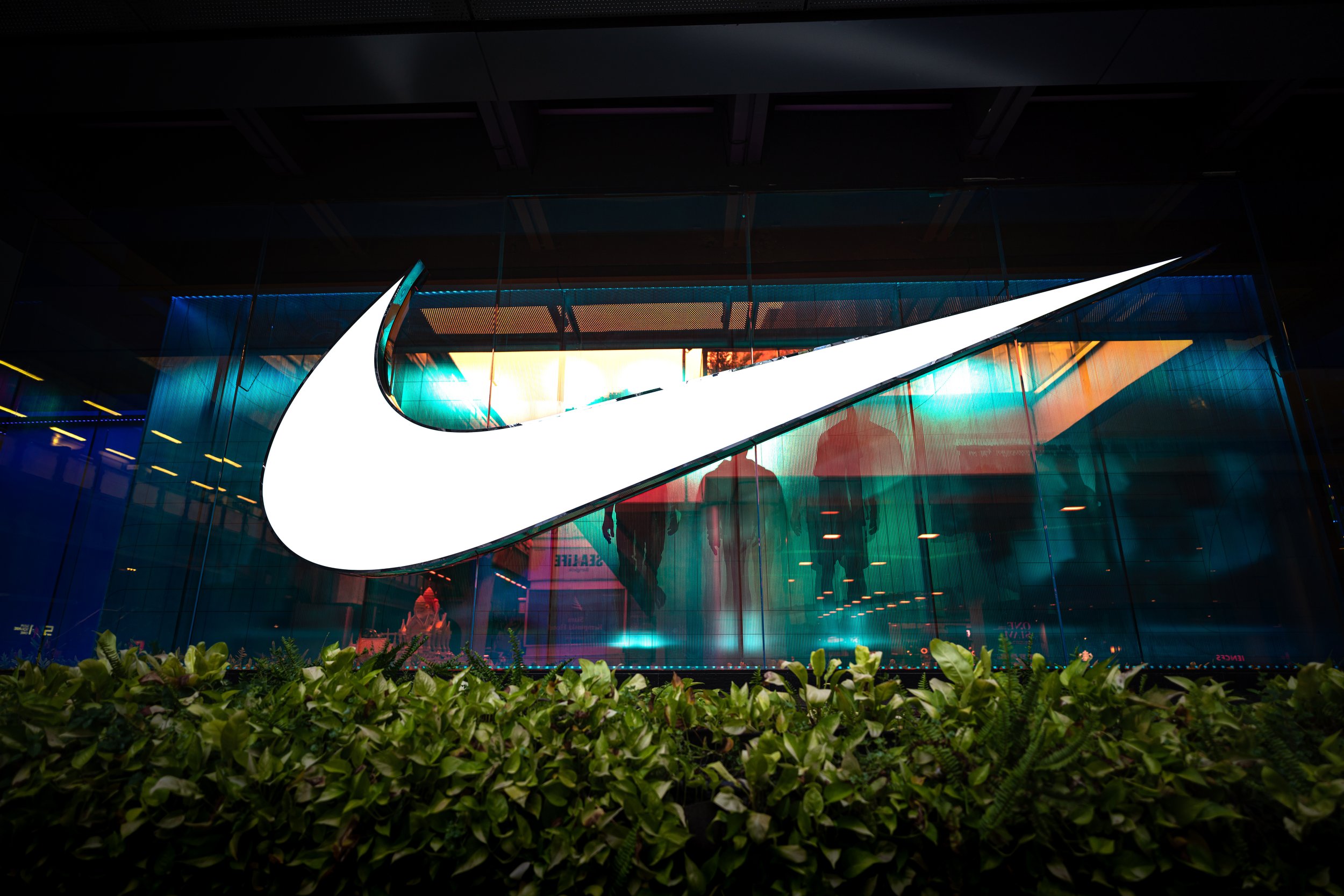Fashion Trademarks
Trademark is one type of intellectual property. Trademarks cover the unique identifiers used by a business in the sale of its goods and services to make them distinguishable from those offered by its competitors. The devices which may be used in trademarks include words, phrases, logos, pictures, symbols, and colors and sounds. Trademark law gives exclusive rights to the owner of the registered mark. It prohibits third-party usage of any marks that are likely confusing to customers as to the source of the goods or services.
To obtain trademark protection in the United States, business owners must file their application with the United States Patent and Trademark Office (USPTO). Provisions of trademark law relating to enforcement enable the owner of a mark to bring an infringement action to stop and remedy infringement, which would further help preserve the reputation and goodwill of its brand and position in the marketplace. Trademark law supports the interests of businesses but also ensures that consumers constantly receive a product or service from a true source (Trademarks, 2024).
Chanel Trademarks:
Chanel is at the forefront of the fashion industry. Trademarks are crucial for luxury fashion brands. Two of Chanel’s oldest trademarks are for the name Chanel (the trademark application was submitted in 1924), and for Chanel’s No. 5 perfume (1926).
Anthony V. Lupo is an attorney specializing in the fashion, entertainment, and technology industries, and is the Chairman of ArentFox Schiff. His expertise in intellectual property, advertising, and global data privacy has earned him top-tier rankings from publications like Chambers USA and World Trademark Review 1000. Mr. Lupo also helps shape international intellectual property laws, having advised governments in Indonesia, Saudi Arabia, and Vietnam, and serves on the boards of organizations including Lacoste, the Smithsonian National Zoo, and the Rutgers University Center for Business of Fashion.
Mr. Lupo serves as legal counsel to a long list of globally renowned brands such as Yves Saint Laurent, Valentino, Christian Louboutin, and Balenciaga in fashion, and Pixar, Tesla, PlayStation, and Warner Bros. Discovery in both entertainment and technology. Diane von Furstenberg has been a long-term client (Anthony V. Lupo, 2024).
Mr. Lupo listed for us some iconic fashion trademarks, including some he was responsible for registering or protecting.
Ralph Lauren Trademarks:
Designer Ralph Lauren founded the Ralph Lauren Corporation and the Ralph Lauren brand in 1967 (Ralph Lauren Corporation). Ralph Lauren is one of the most famous brands in the world. Below are two Ralph Lauren trademark registrations – the Ralph Lauren name (the trademark application was submitted in 1973), and a servicemark for bars and restaurants using the name “Ralph’s Club” (2021).
Nike Trademarks:
Nike is an athletic apparel and footwear leader. Its iconic trademarks include the Nike name, the Nike swoosh logo, and the slogan, “Just Do It.” These trademarks have received trademark protection in many product categories, including clothing, footwear, and sporting goods. Nike's brand is strongly protected by intellectual property law, wherein the unauthorized use and reproduction of the same is prohibited. Below are three Nike trademarks: the iconic Nike swoosh (from 1981), and two recent trademarks registrations relating to Nike virtual goods.
Nike has embraced the digital future with the creation of "Virtual Nike," a program designed to meet the growing demand for virtual goods and experiences. Through partnerships in the metaverse and with platforms like Fortnite, Nike has created virtual sneakers and clothing for users to wear online. Nike also launched Nikeland on Roblox, where players can compete in games while wearing virtual Nike products, further extending the brand’s presence in the digital world (How Can I Get a Nike Virtual Creation?).
While Nike has made a bold move into virtual worlds, many other companies have been slower to enter these digital spaces. Few fashion brands have integrated digital experiences and created virtual goods as Nike, possibly leaving others behind in connecting with a younger, tech-savvy audience.
Mr. Lupo believes that most fashion companies are not spending much time or money registering and protecting trademarks in the virtual world.
References
Trademark registration images are from the USPTO’s website.
Trademarks (2024, November 8). USPTO. https://www.uspto.gov/trademarks
Ralph Lauren Corporation, Wikipedia (n.d.). https://en.wikipedia.org/wiki/Ralph_Lauren_Corporation
How Can I Get a Nike Virtual Creation? Nike (n.d.). https://www.nike.com/help/a/how-to-get-a-nike-virtual-creation
What Are .SWOOSH and Nike Virtual Products? Nike (n.d.). https://www.nike.com/help/a/dot-swoosh-and-nike-virtual-products
Anthony V. Lupo. ArentFox Schiff. (2024, November 20). https://www.afslaw.com/attorneys/anthony-lupo








